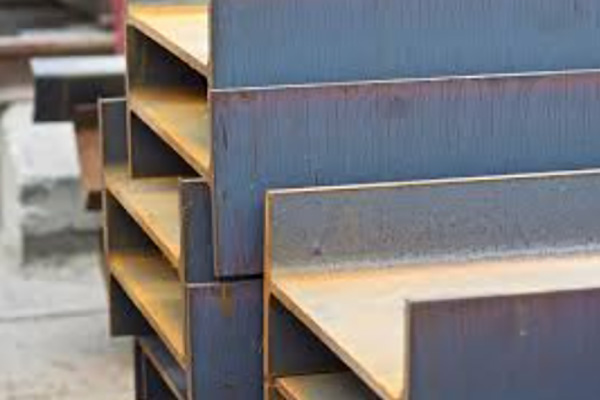In the world of construction and engineering, understanding the properties of materials is crucial for ensuring the safety and durability of structures. Among the many materials used, steel is a cornerstone, prized for its strength, versatility, and reliability. One of the most commonly used types of steel in construction is S355, known for its balance of strength and flexibility. A key attribute of this steel is its ultimate strength, a term that holds significant importance in both design and application.
Understanding Ultimate Strength
The ultimate strength of a material, also known as tensile strength, is the maximum stress it can withstand while being stretched or pulled before it breaks. It represents the upper limit of a material’s capacity to bear loads without failing. For engineers and architects, knowing the ultimate strength of a material like steel S355 is essential for determining the safety margins of structures, ensuring that they can handle the loads they are designed to support.
Characteristics of Steel S355
Steel S355 is a high-strength, low-alloy structural steel that falls under the European standard EN 10025-2. The “S” in S355 stands for “structural,” indicating its primary use in structural applications such as buildings, bridges, and other infrastructure projects. The number “355” refers to its minimum yield strength, which is 355 megapascals (MPa) for thicknesses up to 16mm. Yield strength is the stress at which a material begins to deform plastically, meaning it will not return to its original shape when the stress is removed.
While yield strength is crucial, the ultimate strength of S355 is what determines how much force the steel can endure before it ultimately fails. For S355, the ultimate tensile strength typically ranges between 470 and 630 MPa, depending on factors like thickness and heat treatment. This range of ultimate strength makes S355 an ideal choice for a wide variety of applications that require both robustness and flexibility.
Applications of Steel S355
The versatility of steel S355 is evident in its widespread use across various sectors. In construction, it is commonly employed in the frameworks of buildings, bridges, and towers, where its high strength-to-weight ratio allows for the creation of large and complex structures without compromising safety or stability. The steel’s ability to withstand significant stress makes it particularly well-suited for projects that require resistance to heavy loads and environmental factors such as wind and seismic activity.
In the automotive and manufacturing industries, S355 is often used for components that require a combination of strength and ductility. For example, in the production of cranes, heavy machinery, and truck frames, the ultimate strength of S355 ensures that these structures can bear considerable loads without breaking, while its ductility allows for some flexibility under stress.
Factors Affecting Ultimate Strength
Several factors can influence the ultimate strength of steel S355. One of the primary factors is the steel’s chemical composition, particularly the content of elements like carbon, manganese, and silicon. These elements contribute to the material’s overall strength and hardness. Additionally, the manufacturing process, including rolling and heat treatment, plays a significant role in determining the steel’s final properties.
Thickness also affects the ultimate strength of S355. Thinner sections tend to have higher tensile strength, while thicker sections, though still strong, may have slightly lower ultimate strength. This variation is due to the way stress is distributed across different thicknesses.
Environmental factors, such as temperature, can also impact the ultimate strength of steel. At very low temperatures, steel can become brittle and more prone to fracture. Conversely, high temperatures can reduce the steel’s strength, making it more susceptible to deformation under load.
The Importance of Safety Margins
In practical applications, engineers do not design structures to operate at the ultimate strength of the materials used. Instead, they apply safety margins, typically a fraction of the ultimate strength, to ensure that the structure can withstand unexpected stresses or loads. This practice is crucial in preventing structural failure and ensuring the longevity of buildings, bridges, and other constructions.
Conclusion
The ultimate strength of steel S355 is a critical factor that defines its capability to endure stress without failing. With an ultimate tensile strength ranging from 470 to 630 MPa, S355 is a robust and versatile material, making it a popular choice in a wide array of structural and engineering applications. Understanding this property allows engineers to design safer, more reliable structures, ensuring that they can meet the demands of modern construction and industry.
Post time: Aug-14-2024




